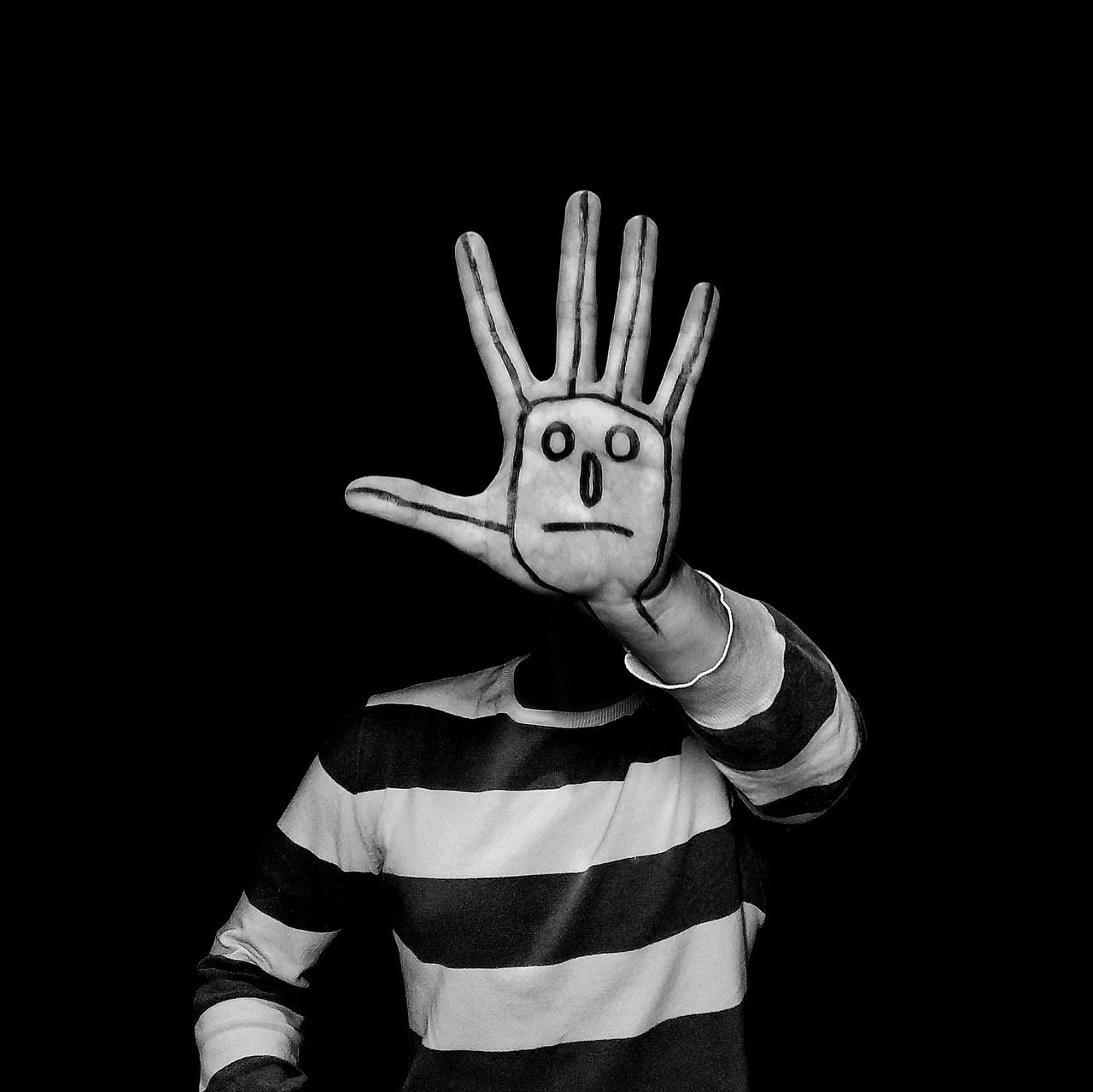"Diving into the Semiotics of Modern Cinema: A Deeper Look at Symbolism and Metaphor"
Introduction: Delve into the fascinating world of modern cinema where symbols and metaphors reign supreme. This exploration will provide a comprehensive understanding of the semiotics in contemporary film, the significance of their evolution, and the current trends shaping this intriguing facet of filmmaking.

Semiotics in Cinema: An Illustration of History
Semiotics, the study of signs and symbols, has always been a vital part of cinema. From the early silent films of Charlie Chaplin to the sophisticated blockbusters of today, filmmakers have used symbols and metaphors to communicate complex ideas and emotions. In the silent film era, visual symbolism was paramount due to the absence of spoken dialogue. With the advent of sound and color in film, symbolism evolved to become more nuanced and layered, with filmmakers using sound effects, color palettes, and creative cinematography to convey meaning.
The Evolution of Symbols and Metaphors in Modern Cinema
Over the years, the use of symbols and metaphors in film has evolved to an unprecedented level of sophistication. Today, filmmakers employ semiotics to explore themes such as identity, societal norms, political ideologies, and the human condition. For instance, the color schemes in Wes Anderson’s movies are meticulously chosen to reflect the characters’ emotional states and the overall mood of the scene. In Christopher Nolan’s ‘Inception’, the spinning top is a potent metaphor for the blurred lines between reality and dreams.
The Impact and Significance of Semiotics in Modern Cinema
The use of semiotics in modern cinema serves a dual purpose. It not only enhances the storytelling process but also challenges viewers to engage on a deeper level with the film. Symbols and metaphors provide filmmakers with a powerful tool to subtly convey messages and themes without resorting to explicit dialogues. They also invite audiences to participate in the cinematic experience actively, encouraging them to decode the symbols and derive their interpretations.
Semiotics: The Current Trends and Future Outlook
The current trends in the use of semiotics in cinema are as diverse as they are exciting. Some filmmakers are experimenting with innovative ways to use symbols to challenge traditional narrative structures. For instance, the recent surge in nonlinear storytelling, where the narrative is not presented in chronological order, has been facilitated by the clever use of symbols to denote shifts in time or perspective. Looking ahead, it’s clear that filmmakers will continue to push the boundaries of semiotic expression, harnessing the power of symbols and metaphors to craft compelling narratives and create deeper connections with audiences.
The Power of Semiotics in Modern Cinema
In conclusion, semiotics plays a pivotal role in modern cinema, providing filmmakers with a unique language to express complex ideas and themes. The evolution of symbols and metaphors in film reflects the ongoing innovation in the industry, offering a fascinating insight into the creative minds of filmmakers. As cinema continues to evolve, so too will the use of semiotics, offering endless possibilities for storytelling and artistic expression.
In this age where film is a predominant form of cultural expression, understanding the semiotics of modern cinema enriches our viewing experience. It offers us a deep dive into the creative minds behind the films we love, revealing the layers of meaning that make cinema such a powerful and enduring art form.





